Generally, when reboots of retro TV shows go down, they're not popularly received by critics or audiences. The A-Team, CHiPS, and even the more polished Miami Vice films all were released to underwhelming box office results or critical reception. However, when Phil Lord and Chris Miller hopped on board a loose adaptation of the late 80s series 21 Jump Street, they and writer Michael Bacall managed to make a modern classic comedy film.
Then, a sequel was greenlit and it received equal, if not greater, acclaim by critics and audiences alike. So, which of the two films is stronger? Perhaps it's up to personal preference, but here are five points for each film's biggest strengths.
10 21 Jump Street: The Starter
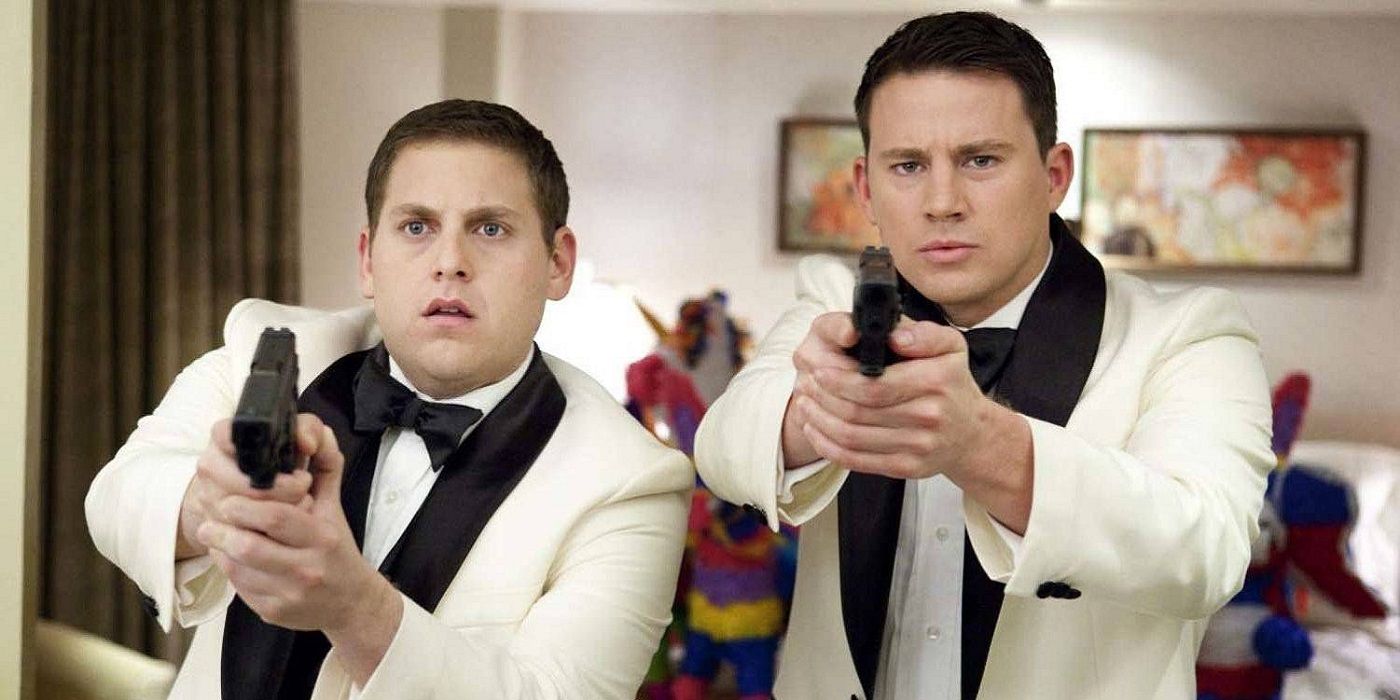
Seeing as 21 Jump Street was the first film, it has the natural advantage of being the originator for jokes that 22 Jump Street would repeat and mock, and likewise, the entire story and setup is established in the first film.
The fact that a film came first or did something first doesn't make it better, but the accomplishment of making an origin film and having to do the groundwork effectively is an impressive feat. Generally, sequels can just take off immediately without having to worry about introductions and backstory, so they waste no time.
9 22 Jump Street: Running Gags
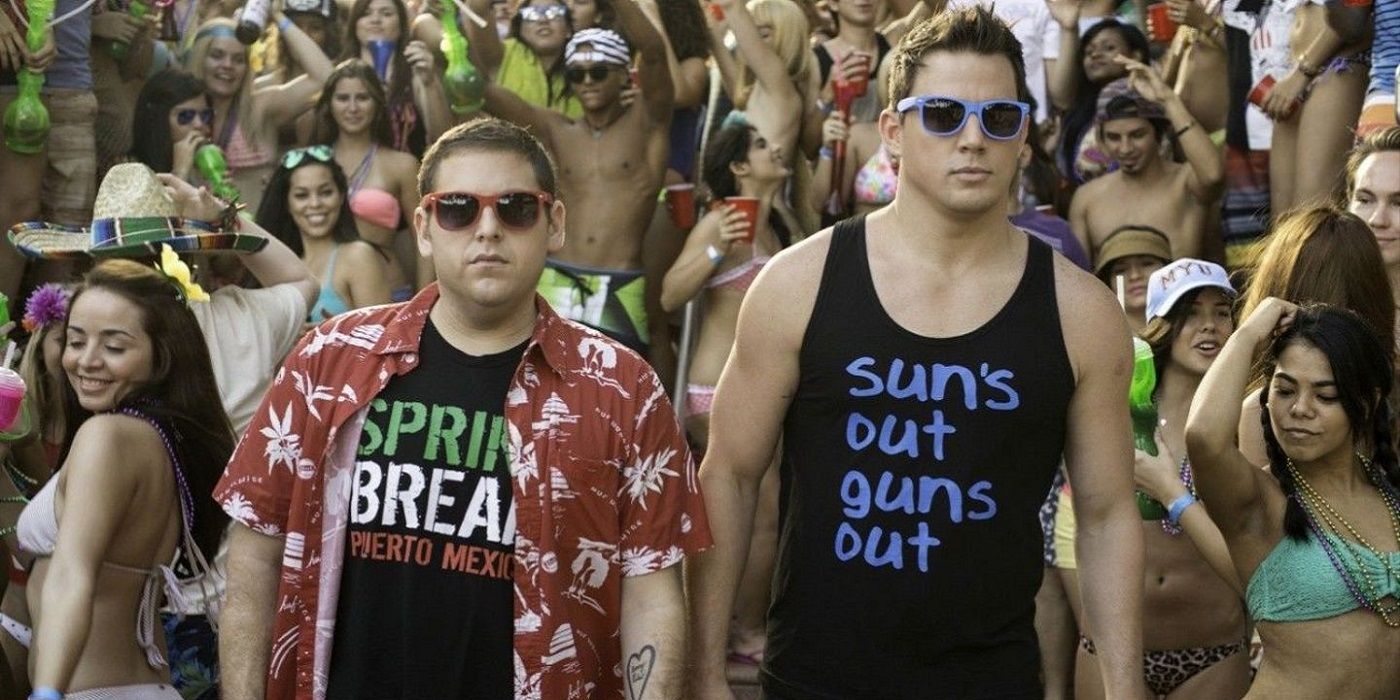
While sequels fall into two territories (being worse or being better than their predecessors), 22 Jump Street is self-aware of the fact that it's a somewhat unnecessary sequel that is re-hashing the plot of the first film and it takes full advantage of that, using what should have been a weakness into its greatest strength.
It allowed the film to play with the audience's expectations, avoiding sequel tropes or executing tropes in a clever manner, and bringing back jokes or callbacks to the first film in a fresh way.
8 21 Jump Street: Brie Larson
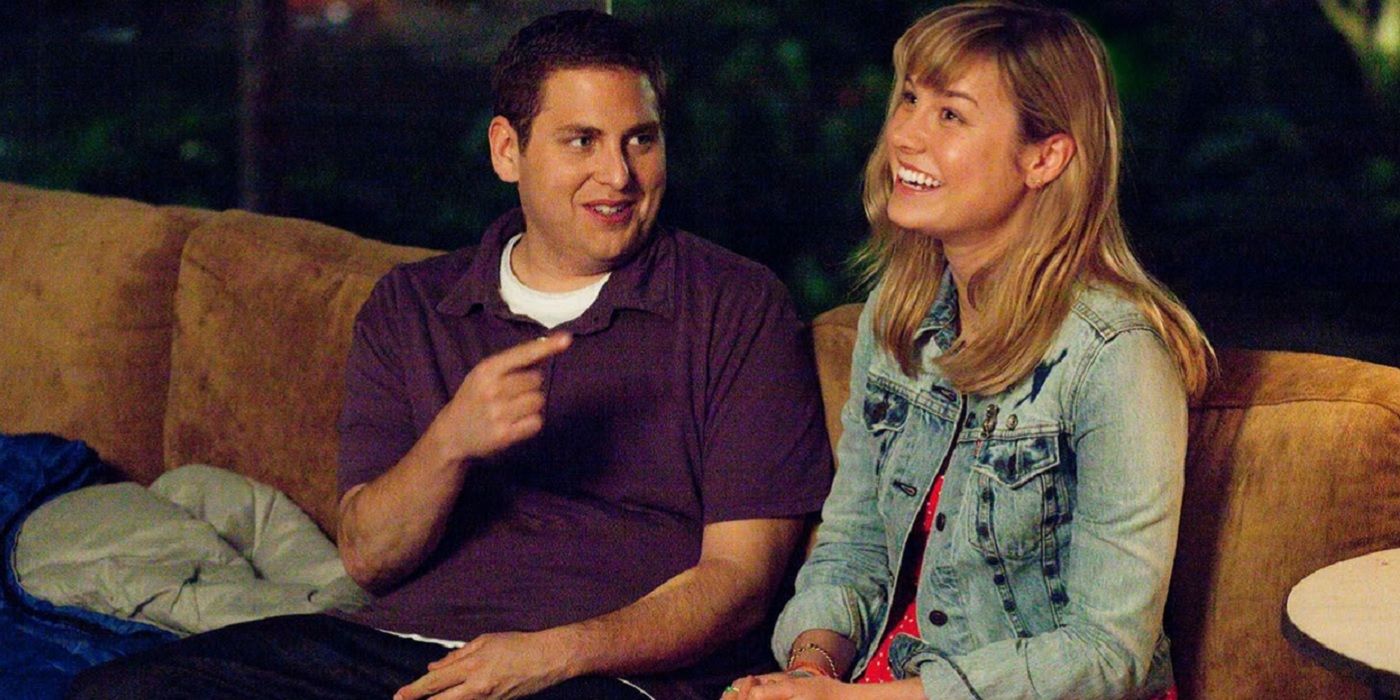
In both Jump Street films, Schmidt (Jonah Hill) finds a romantic interest while working undercover. In the first film, it's Molly, played by Brie Larson. Molly is a student at the high school Schmidt and Jenko (Channing Tatum) must infiltrate to get to the root of a drug problem. Molly is irresistible charismatic and charms Schmidt, but the problem is that she's too young for him and Schmidt is a cop.
Many witty scenes emerge from the awkward situation and act as a great motivator for Schmidt's arc, and likewise, a lot of genuinely sweet and pensive moments can come from the scenes with Molly in an otherwise downright insane movie.
7 22 Jump Street: Amber Stevens
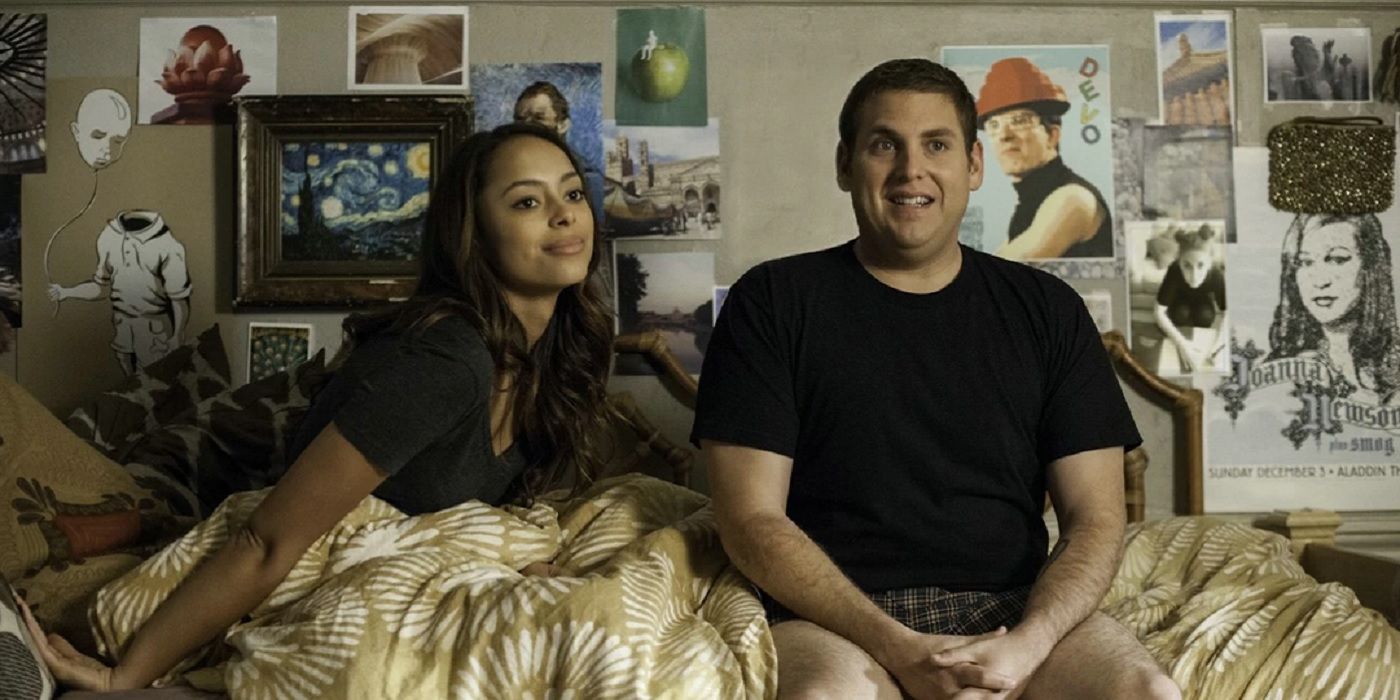
While Molly is a great addition to the first film, her spiritual successor, Maya (Amber Stevens), is even better. Amber is a bit more involved in the plot of the film and is actually more viable as girlfriend material for Schmidt.
She also is the subject of one of the best punchlines in both films, in an immensely satisfying and incredible reveal.
6 21 Jump Street: The Opening
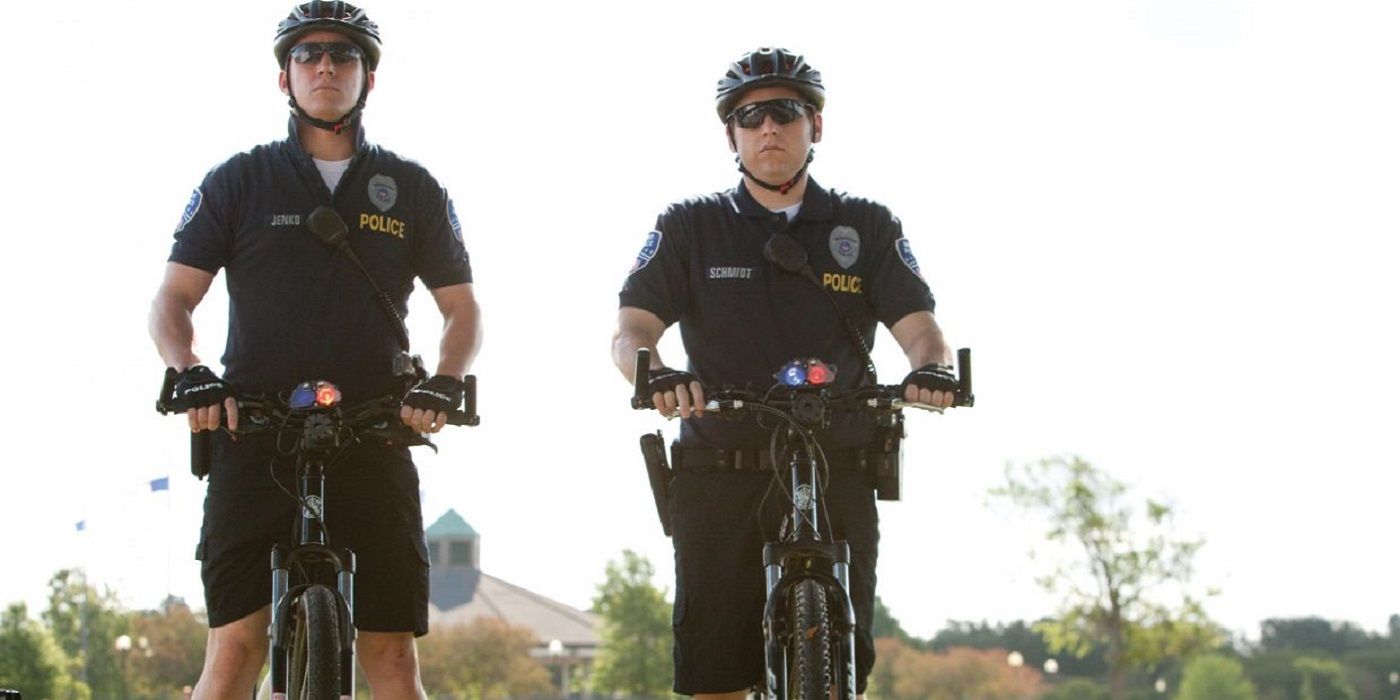
Despite being the first film, 21 Jump Street wastes no time in getting its plot going. The opening of the film quickly sets up Jenko and Schmidt's friendship and backstories, and how they came to be police officers.
The film does this with plenty of gags while doing so, but still manages to cram in a lot of critical dialogue to set up the story. Within just minutes, the stage is set.
5 22 Jump Street: The End Credits
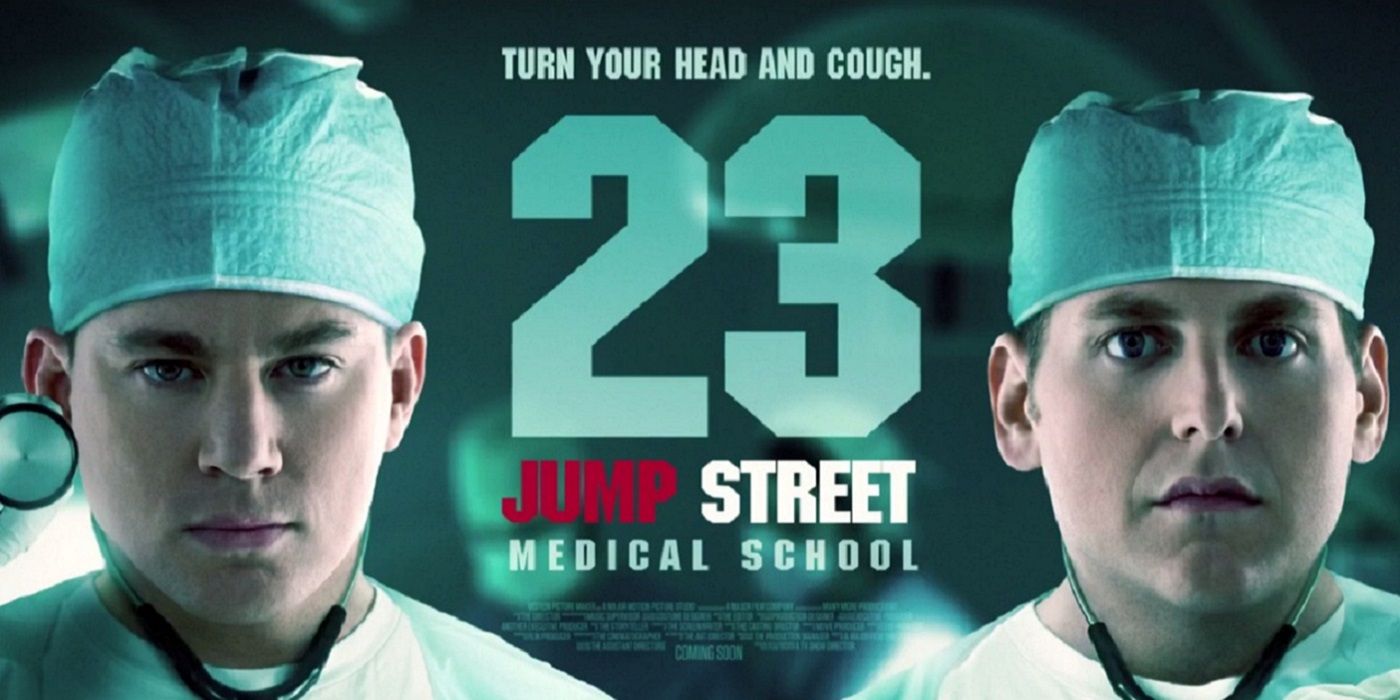
22 Jump Street has something that many movies don't have: a spellbinding end credits segment. Generally, the end credits are just the end of the film, and maybe a post-credits scene will pop up after the audience endures the black text for a few minutes. But 22 Jump Street doesn't just have flashy and fun end credits, they're sort of a part of the film and a great self-deprecating montage of possible sequels and spinoffs for the franchise.
Amazingly, despite the madness and silliness of the spinoffs presented in the montage, there was actually a Men in Black and Jump Street crossover film in the works (according to the infamous Sony hacks) that was to be titled MIB 23. Sequel talks or spinoffs are still possible, but no matter the outcome, the multiple possibilities showcased in the end credits of 22 Jump Street are pretty satisfactory.
4 21 Jump Street: The Action
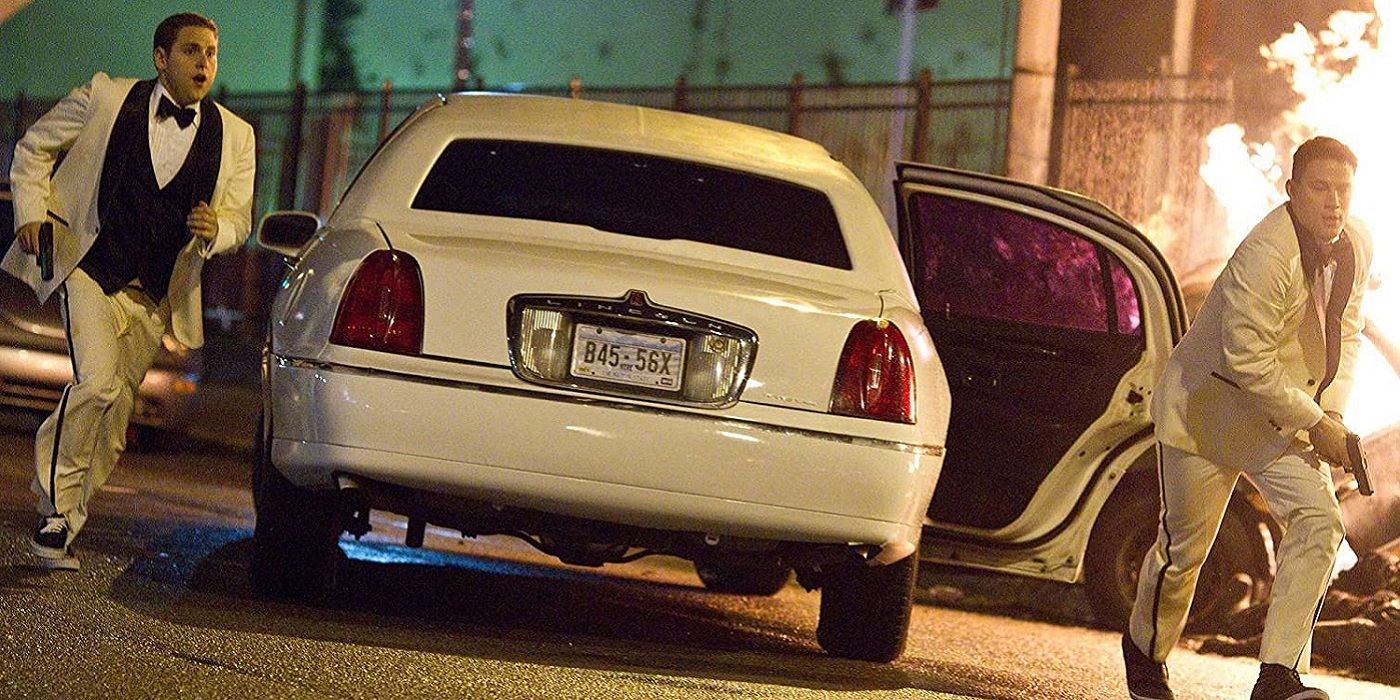
As a buddy cop action-comedy film, it's only natural that 21 Jump Street would feature a few action pieces worthy of the big-screen treatment. And while there are quite a few great segments, such as the climactic shoot-out or the opening arrest, the best is by far the second act car chase.
Everything comes together brilliantly in the crazy freeway chase that ensues after Jenko and Schmidt run into their main suspect and a motorcycle gang from the film's opening. And likewise, everything that could go wrong does go wrong, and it drastically alters the course of the film with the outcome, setting up big stakes and moving the plot forward, while still presenting an engaging action sequence.
3 22 Jump Street: The Comedy
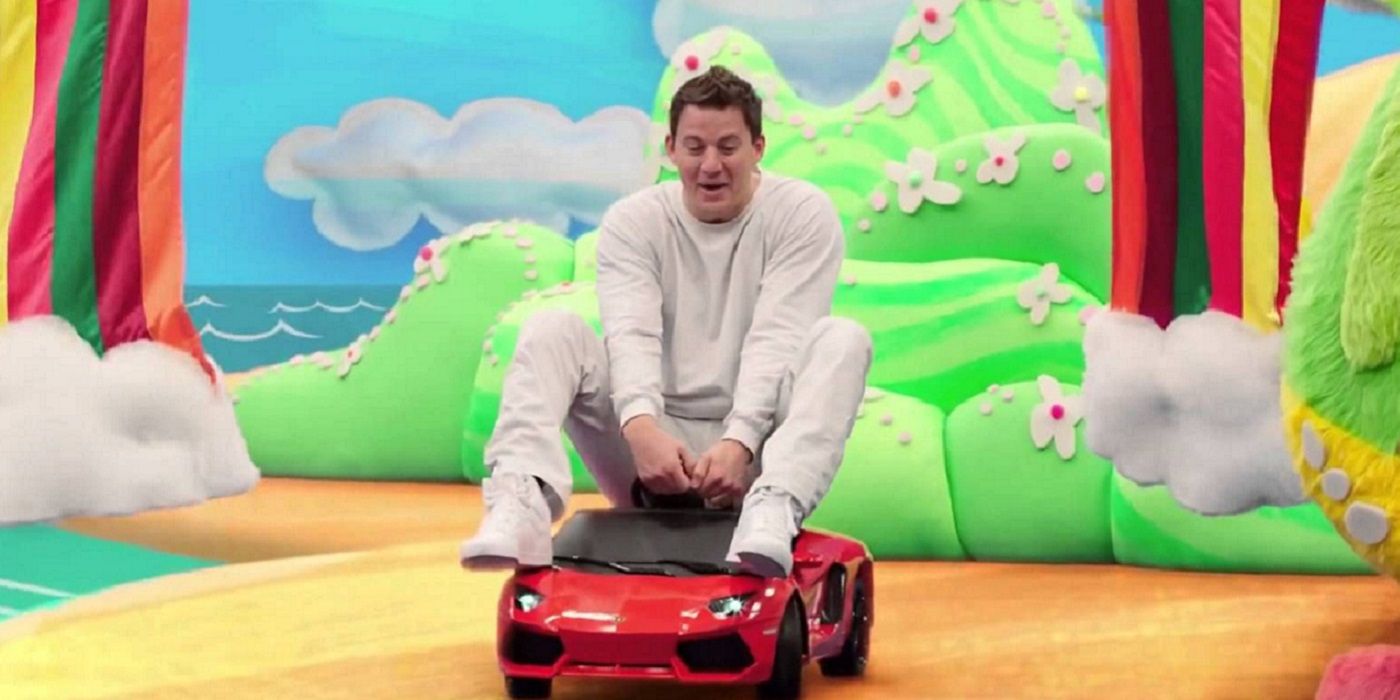
Despite both films being very chock-full of gags, 22 Jump Street seems to (rather suitingly) have twice the amount of humor infused into the film. It's likely because it's so self-deprecating and nonsensical that it can get away with more, especially as it's a sequel to a highly successful film.
Jenko and Schmidt's friendship is also played for laughs in that it functions more like a romantic relationship (the ultimate "bromance") and the emotional "break up" scene isn't taken seriously at all, unlike the falling out in the first film.
2 21 Jump Street: The High School Tropes
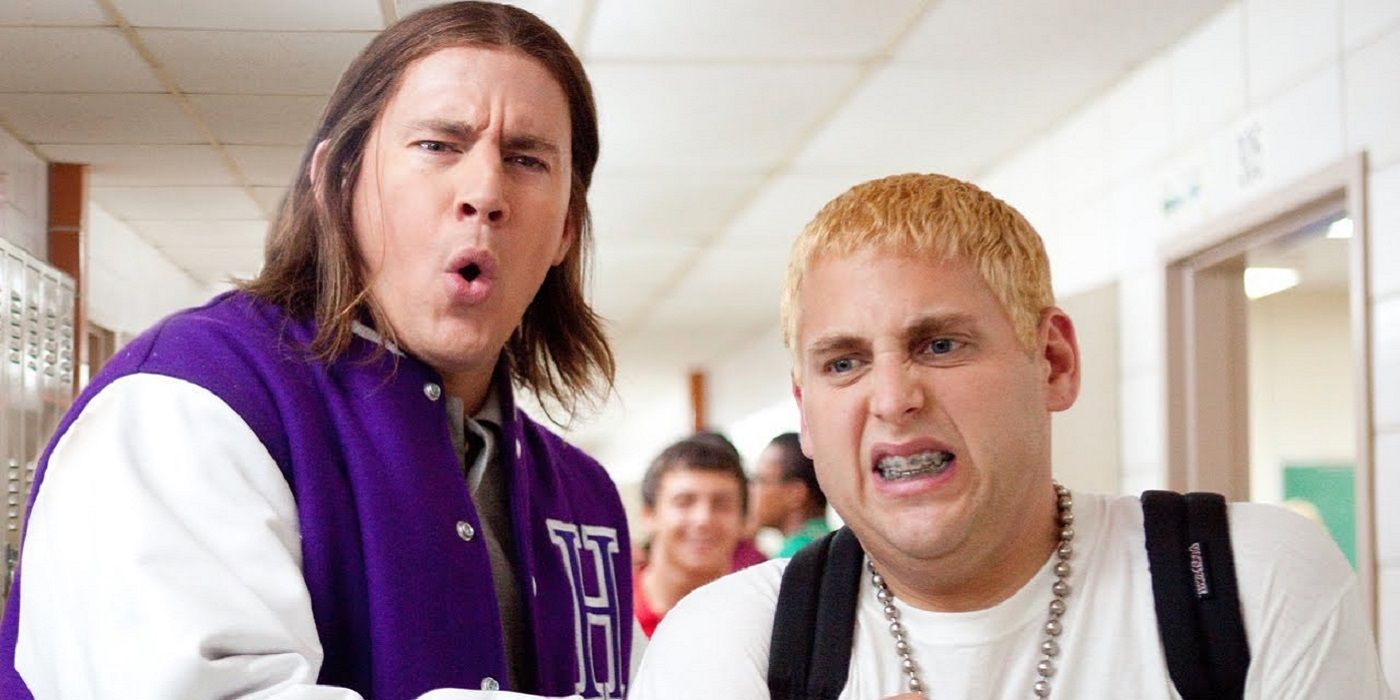
Along with tackling police movie tropes, 21 Jump Street plays on a lot of high school movie tropes; Jenko and Schmidt are too old to be infiltrating a high school (and much of the cast is too old to be playing high schoolers), the jock is actually not as popular as the nerd, casual bullying isn't really acceptable, they both had prom drama, among many other plays on typical repetitive tropes.
The film utilizes and tackles almost all of them, but ensures to turn them on their head so as to play off of the ridiculousness and familiarity of them for laughs.
1 22 Jump Street: The College Tropes
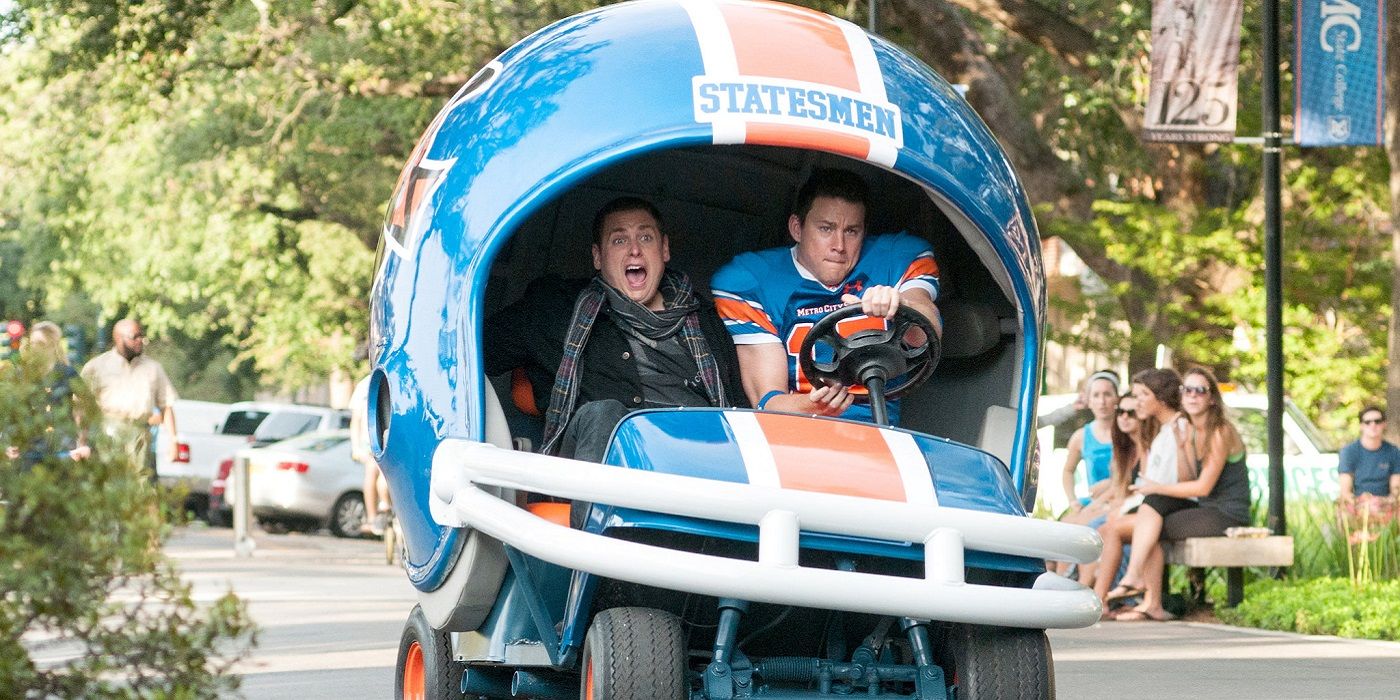
Just like its predecessor, 22 Jump Street tackles the done-to-death college film tropes, and of course, many of them overlap with the high school film tropes.
This time around, the jock has a bit of a step up in some fields, the age is another gag (though not as distracting, as college can have students of all ages), frat parties are a critical plot point, the anti-social social butterfly groups are mocked, and much more all get their due, along with the bizarre fact that college is for study at the end of the day.
from ScreenRant - Feed https://ift.tt/32cuxCr






0 Comments
Please don't use vulgar comments and avoid discussion on Religious matters